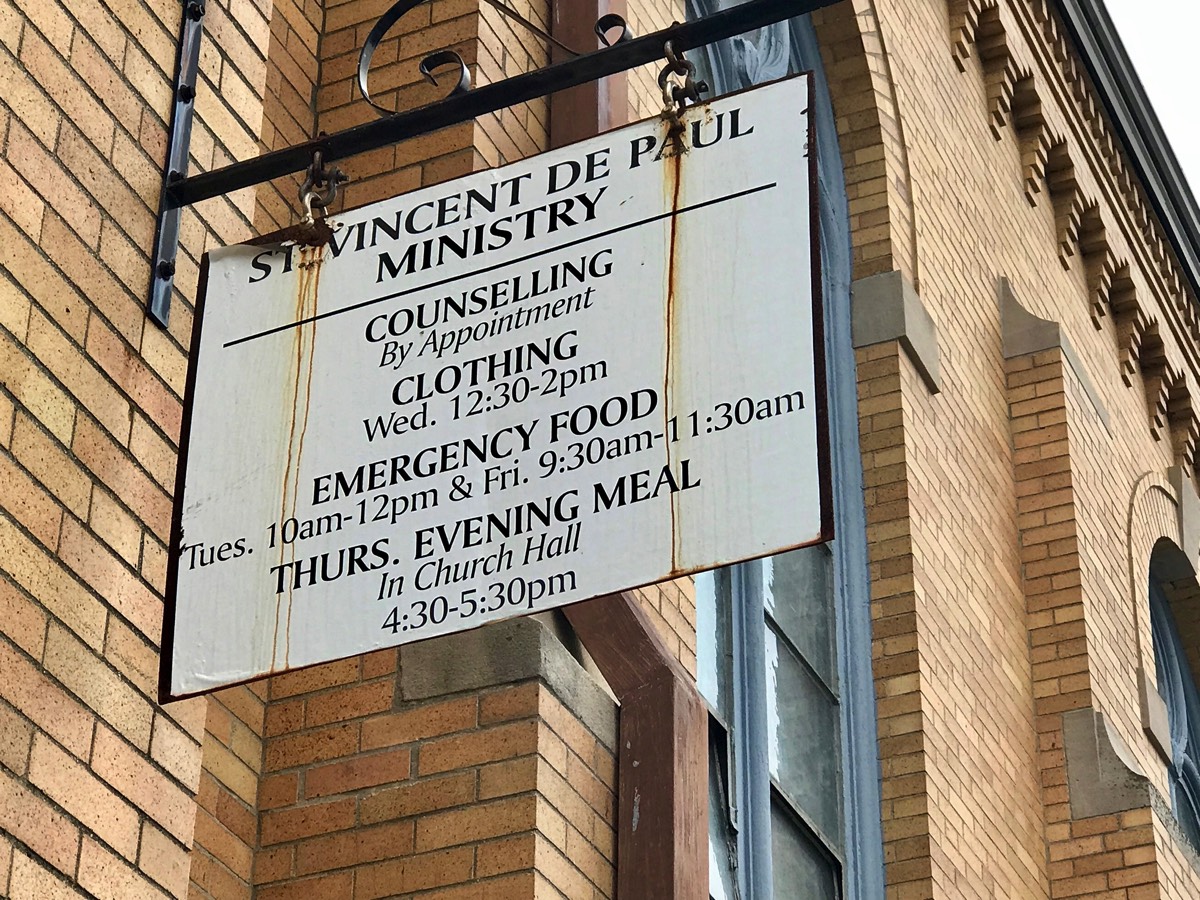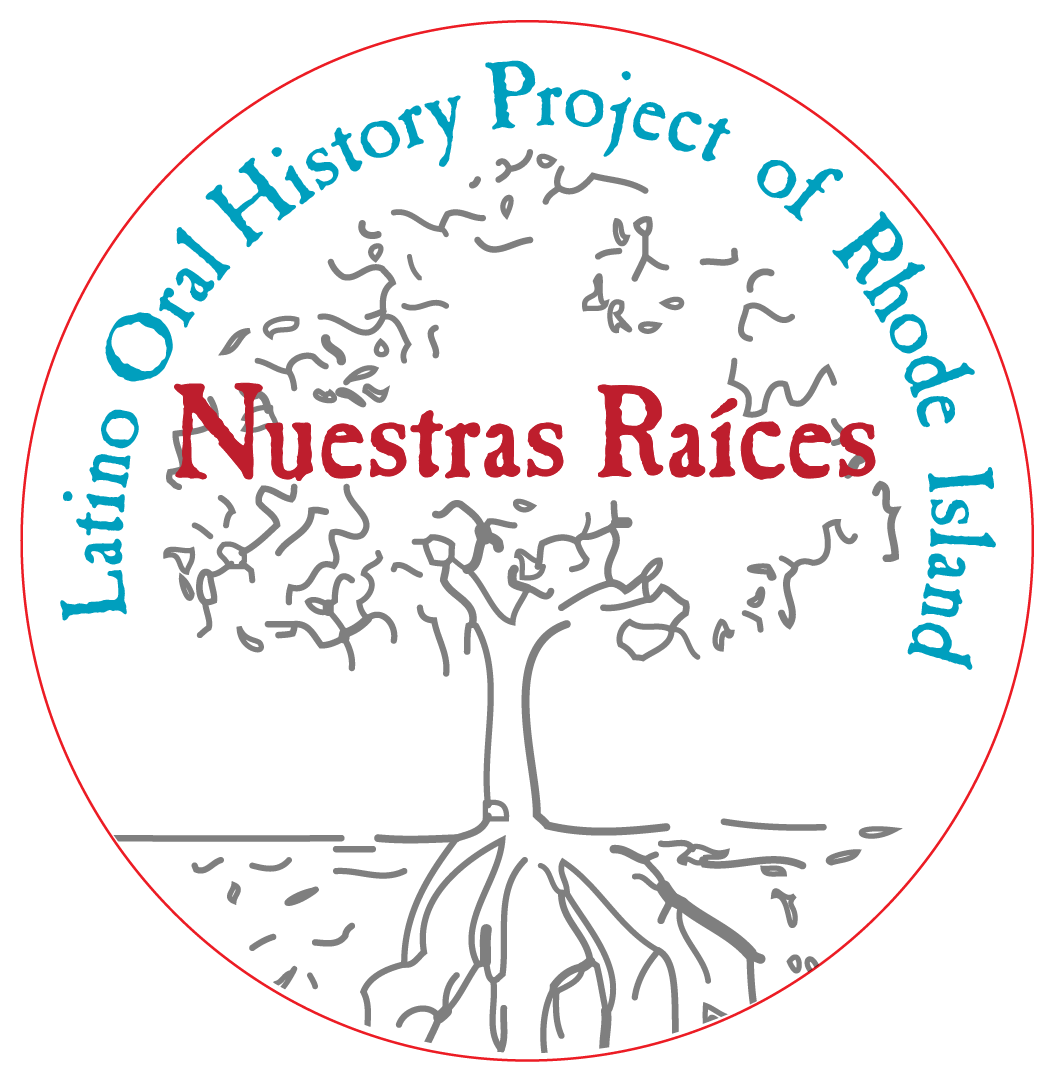Cuban immigration to the U.S. began in the Spanish Colonial Period. When Pedro Menéndez de Avilés established St. Augustine, Florida in 1565, hundreds of Spanish-Cuban soldiers moved to the city. During the Ten Years War (1868-1878) between Cuban nationals and the Spanish military, Cuban cigar manufacturers moved their operations - along with hundreds of workers - to Florida to escape unrest. From 1900-1959 an estimated 100,000 Cubans immigrated to the U.S., including those looking for work during the Great Depression, anti-Batista refugees, as well as supporters of the ousted Batista government in 1959.
After Fidel Castro’s Cuban Revolution, hundreds of thousands of Cubans immigrated to the U.S. from 1960-1979. Sparked by rumors that the Cuban government planned to place children in military schools and Soviet labor camps, the CIA project Operación Pedro Pan brought more than 14,000 children to Miami between 1960 and 1962. With the assistance of the Roman Catholic Archdiocese of Miami, children were placed with foster homes and group homes throughout the United State, and it was expected that their parents would leave Cuba to reunite with their families.
From October to November 1965, Castro opened the Port of Camarioca for emigration. Nearly 3000 Cubans forfeited their land and property to the Cuban government and fled to the U.S. through the Camarioca Boatlift. Cuban exiles in the U.S. transported friends and relatives in small boats; the U.S. Coast Guard transported the remaining refugees.
Within weeks of the Camarioca Boatlift, President Lyndon Johnson inaugurated the Freedom Flights. Twice a day, five times a week, planes transported refugees from Varadero Beach to Miami. The Freedom Flights became the longest airlift of political refugees in history, ultimately transporting 265,297 Cubans to the United States from 1965-1973. In 1966, President Johnson enacted the Cuban Adjustment Act, which provided more than $1.3 billion of direct financial assistance to recent Cuban immigrants.
In 1980, housing and job shortages led approximately 10,000 Cubans to apply for asylum at the Peruvian embassy on the island. Due to the sheer number of Cubans seeking asylum, Castro permitted anyone wishing to leave to do so through the Port of Mariel. An estimated 125,000 refugees fled to the U.S. during the Mariel Boatlift.
The Cuban economy has suffered greatly since the collapse of the Soviet Union, prompting thousands of Cubans to flee in makeshift boats. Many aspiring immigrants have perished at sea. In response, the U.S. government implemented the “wet foot, dry foot policy,” which allows Cubans who reach U.S. soil to apply for permanent residency. Unless they are vulnerable to persecution, those apprehended at sea are returned to Cuba. Each year, 20,000 Cubans are given legal U.S. visas.
Nearly 70 percent of all Cuban Americans live in Florida. Another prominent Cuban American community is Hudson County, New Jersey, nicknamed “Havana on the Hudson.” Cuban Americans are the third largest Hispanic group in the U.S. At the time of the 2010 census, there were 1,785,547 Cuban Americans, comprising 3.5% of the total U.S. population.


